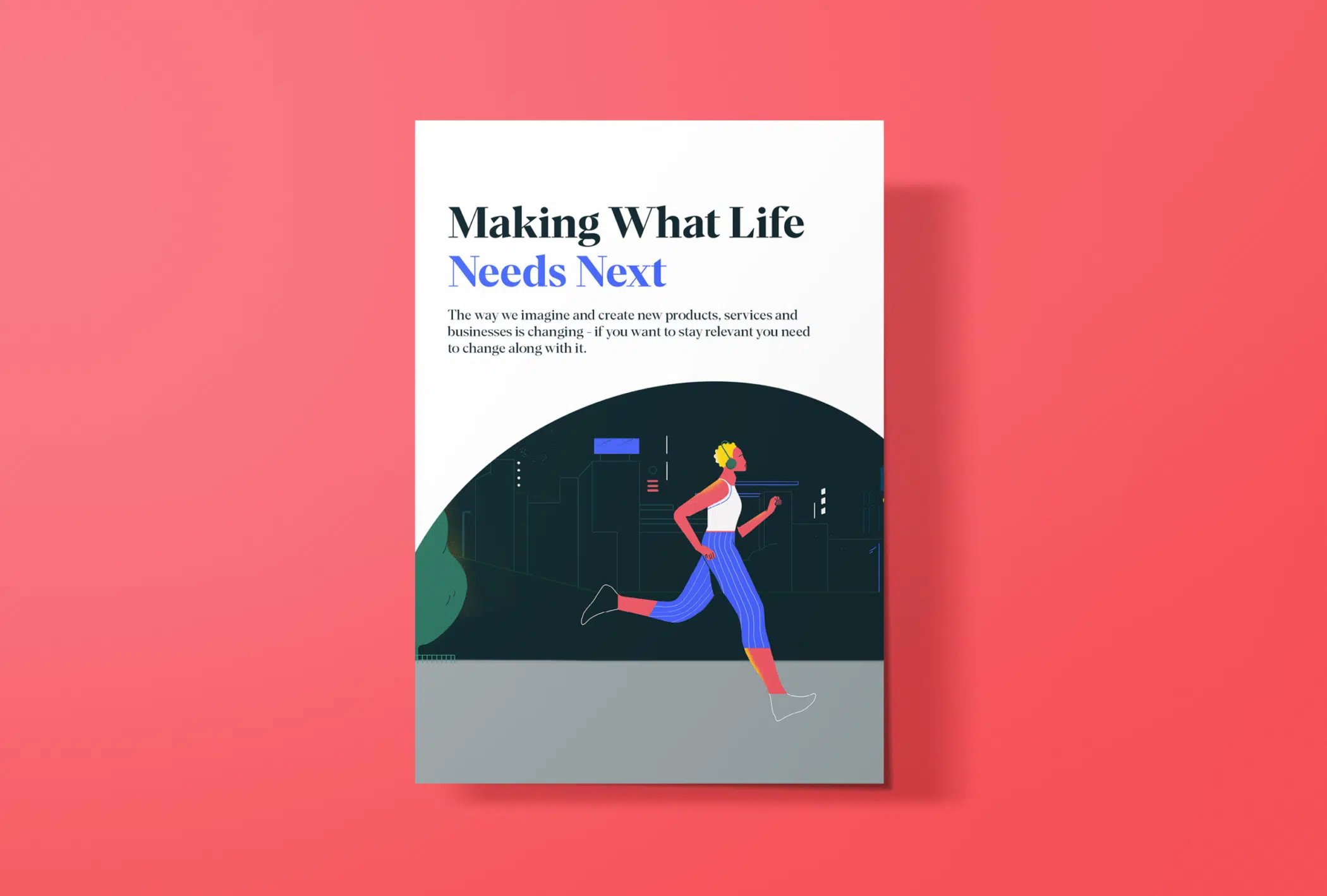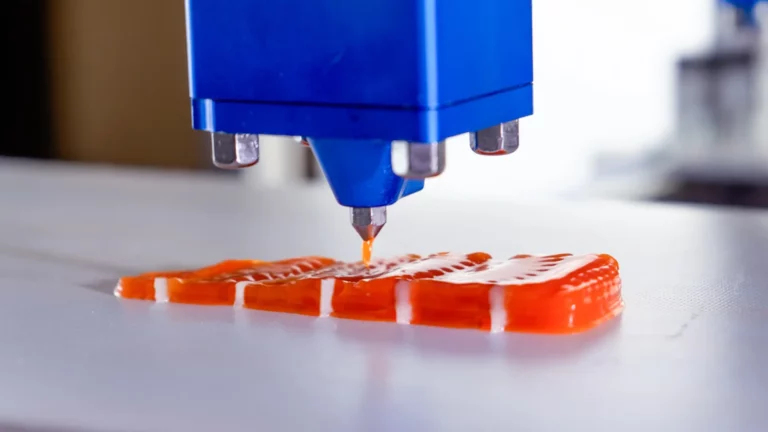The reasons why businesses look to innovate aren’t changing. Companies need to provide what life needs next, so their businesses can endure and grow. They know that their customers will be on the lookout for products and services that make their lives better – more efficient, more rewarding, and better aligned with their lifestyles, values and aspirations. In some cases they might even want to solve the important problems our society faces today and have a long-lasting impact.
But the ways we innovate are changing. Innovation strategies and business designs are all changing because breakthroughs in science and technology come faster and faster. They are all changing because of global networking and collaboration. They are all changing because of a greater need for diverse points of view and for working in times of uncertainty and crisis. As all of these change, Board of Innovation has evolved as well so we can be better partners to the world’s most ambitious businesses as they too move towards the future of innovation.
Evolving how we innovate
The Three Horizons model for innovation, often attributed to Mckinsey, is now more than two decades old, an artifact from the final years of the 20th century together with Design Thinking. Disruptive, adjacent or core innovation can happen at any time and is no longer driven solely by empathizing with your customers. In fact, it’s now often the speed of deployment of breakthrough innovations or the innovations to the business model that have the most devastating impact on the status quo (AirBnB, Amazon, Ant Group, Grab, JD.com, Reliance Jio, Revolut, SpaceX, Spotify, Tesla, Uber, UIPath).
At the same time, the most productive innovation strategies and business designs are all often now more systemic rather than narrowly focused, with more and more opportunities beyond myopic category or industry views. For example, SpaceX has found profitability in the near-term making delivery trips to earth’s upper atmosphere, but that business plan emerged out of more (literally systemic) ambitions to make human life multi-planetary. Across our own planet, industries have new business designs to support energy transitions that are intended to sustain both companies and life on this planet into the next century.
Time is still important for innovation planning and strategy and business design, because companies still have to have a pipeline that takes them into the future and they always need to be aspiring to something that is currently out of reach. Their leaders still have to think about the long view as well as the short view. But we can help them think about how to map timelines differently and, as part of that mapping, see how core, adjacent and disruptive innovations can happen at the same time.
Impact
The fundamental metric for any innovation plan or strategy or business design is impact. Every company may choose their barometers for impact – consumer engagement, societal impact, fiscal bottom-line impact, or some amalgamation of those and others. (Of course financial markets are always going to look at the bottom line but more and more consumers and stakeholders are looking at the more “external” factors such as environmental impact.) So as we look at the time horizons, we should also be considering the possible paths towards maximizing for potential impact.
We’ve identified six shifts that are changing the way we innovate. These shifts allow us not just to iterate fast, but also to ensure that as we create tomorrow’s solutions we can be confident that there will be a market to support them and that we are on path towards creating positive change in people’s lives. They enable us, and hopefully will enable you, to be bullish about propelling the world towards whatever life needs next.
Six Shifts to Making What Life Needs Next
01. Understand the fringes
Consumer groups that have been considered to be on the fringe, or who were once ignored, now add up to be larger, collectively, than the so-called mainstream. Increasingly, if you don’t have the fringes, you don’t have the mainstream either. Aim to truly understand what’s driving behavior on the fringes, rather than rely on assumptions about the mainstream.
02. Think system wide not user first
Thinking user first to create a compelling user experience is table stakes but won’t shift the needle. You need to understand the connections between the inputs, outputs, stakeholders, and influencers in your business design. Today’s most important challenges are too big to solve alone, no matter how big of a company, organization or government you are.
03. Don’t predict the future, visualize it
Foresight means much more than trend finding or predicting. When you imagine what life needs next, don’t spend so much time perfecting ideas or scenarios, but rather visualize and prototype what a first step towards those scenarios could be and map out the practical decisions that will help you start creating that future today.
04. Build for adaptability
The days when you could spend years doing in-depth customer research, draw up a detailed global go-to-market plan and form a team to execute are behind us. Strategies to “get there” are only as successful as they are adaptable, and the ability to plug into the right talent, in the right place, at the right time has never been more critical.
05. Test before you invest
Don’t base your entire business plan on a couple of focus groups or a poorly designed survey. Use the latest tools to create realistic prototypes and put them in the hands of thousands of users in no time. Don’t invest in a new product, service or businesses if you haven’t seen a compelling triangulation of different data points to support the business case.
06. Slow strategy, fast execution
Speed and growth have become the gods of Silicon Valley, with ‘move fast and break things’ as their leading mantra. What is often overlooked is that speed applies to the execution and that successful businesses are thoughtful about their strategy and take their time to place their bets. Slow down for strategy, speed up for execution.



